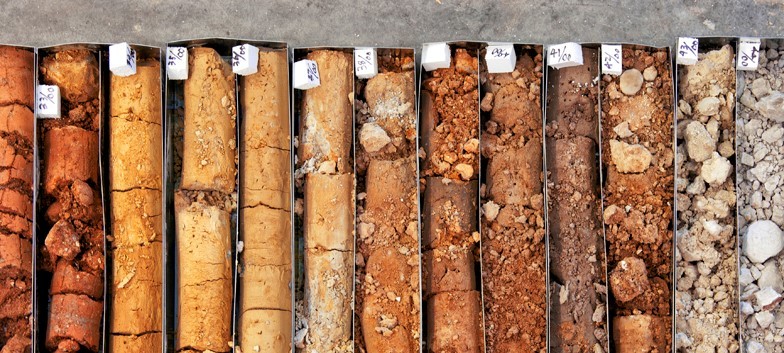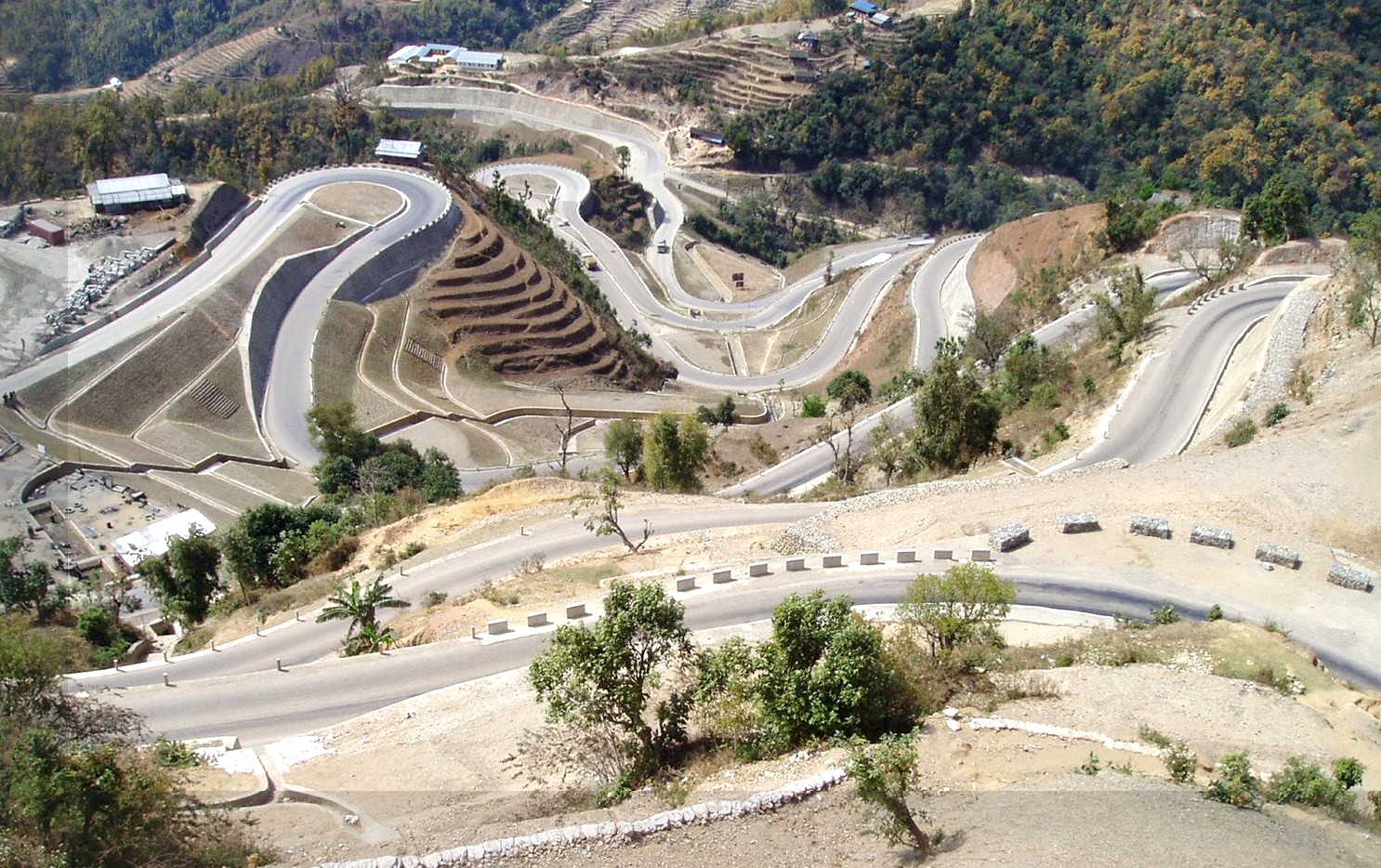Consulting Civil Engineering Companies Offering Geotechnical Solutions
Consulting Civil Engineering Companies Offering Geotechnical Solutions
Blog Article
An In-depth Exam of the Solutions Provided by Consulting Engineers in the Field of Geotechnical Design: From Website Examination to Project Application
Consulting designers in geotechnical engineering play a crucial function in the effective implementation of construction tasks, starting with detailed website investigations that disclose important subsurface problems. Their know-how extends to dirt home analyses, environmental influence assessments, and the cautious monitoring of project application, guaranteeing positioning with safety and sustainability criteria.
Significance of Geotechnical Engineering
Geotechnical engineering is an important technique that underpins the safety and sustainability of civil framework tasks. By recognizing the mechanical behavior of dirt and rock materials, geotechnical designers analyze the suitability of sites for different constructions, consisting of buildings, bridges, and dams. This basic analysis ensures that frameworks can stand up to environmental elements and lots without experiencing failure.
The relevance of geotechnical design expands beyond simple structural safety and security; it additionally encompasses environmental stewardship. Proper geotechnical evaluations add to minimizing the ecological influence of construction. With mindful examination of dirt properties and groundwater problems, designers can design foundations and retaining frameworks that reduce risks such as disintegration and landslides, advertising long-lasting security.
In addition, geotechnical engineering plays an important duty in project expense monitoring. geotechnical works. By determining possible problems early in the design phase, engineers can advise proper remedies, therefore avoiding costly delays and redesigns throughout construction. This proactive method not only boosts task efficiency yet likewise dramatically lowers risks connected with unforeseen website conditions
Website Investigation Methods
Effective website investigation strategies are important for gathering accurate information about subsurface conditions before building. These methods promote the understanding of the geological and hydrological atmosphere, which is vital for making certain the security and security of suggested structures.
Typical approaches used in site investigations include borehole exploration, which permits designers to extract soil samples at different depths, offering insights right into stratification and material kinds. Furthermore, geophysical surveys, such as seismic refraction and electrical resistivity, offer non-invasive methods to analyze subsurface qualities over bigger areas. These methods can help recognize anomalies without considerable excavation.
Test pits are one more useful strategy, providing straight observation of dirt layers and allowing in-situ screening. geotechnical works. This method is especially valuable for superficial excavations and can aid examine groundwater degrees. Furthermore, cone penetration examinations (CPT) are increasingly made use of, as they offer continuous accounts of dirt resistance, which helps in determining dirt stamina and layering.
Each of these techniques plays a vital duty in developing a thorough understanding of site problems, enabling consulting designers to make enlightened choices and recommendations throughout the project lifecycle. Accurate information collection during the website examination phase is crucial to mitigating threats and making certain effective project execution.
Dirt Property Analysis

The assessment process generally includes a mix of laboratory examinations and area investigations. Trick buildings such as shear strength, compressibility, permeability, and wetness material are examined to identify the soil's next viability for building and construction objectives. Conventional examinations, consisting of the Atterberg limitations, Proctor compaction, and triaxial shear examinations, are generally employed to collect data on soil actions.
Along with these examinations, in-situ techniques such as the Criterion Infiltration Test (SPT) and Cone Infiltration Test (CPT) use valuable understandings right into dirt stratigraphy and density. The results of these evaluations inform engineers concerning potential challenges, such as dirt liquefaction or settlement, allowing them to develop ideal reduction methods.
Environmental Influence Assessment
Ecological effect evaluation plays an important duty in the planning and implementation of design projects, particularly in geotechnical engineering. This process entails assessing the prospective ecological effects of suggested jobs on dirt, water, air high quality, and surrounding ecosystems. Consulting designers read more utilize numerous approaches, consisting of site analyses, modeling, and area studies, to recognize and evaluate these effects.
The evaluation typically starts with the recognition of baseline environmental problems, which acts as a referral for predicting possible adjustments. Designers examine variables such as disintegration, groundwater contamination, and environment disruption, making certain that all relevant environmental policies and guidelines are stuck to throughout the task lifecycle. Stakeholder interaction is also an indispensable component of the assessment process, as it cultivates interaction between project developers, regional communities, and governing bodies.
Additionally, reduction techniques are developed to resolve determined impacts, permitting designers to recommend choices or alterations to forecast designs that boost sustainability. This positive approach not only decreases negative effects on the atmosphere but additionally promotes public trust and compliance with ecological regulations. Ultimately, effective ecological effect evaluation enhances the total honesty and practicality of geotechnical engineering tasks, sustaining accountable development practices.
Job Execution and Monitoring

Surveillance is a crucial element of project application. Engineers make use of different techniques, such as instrumentation and area tests, to analyze soil behavior and structural responses in real-time. This constant monitoring makes it possible for the identification of any kind of deviations from anticipated efficiency, permitting prompt interventions to minimize dangers.
Furthermore, seeking advice from engineers directory maintain open communication with service providers and stakeholders throughout the process. Routine site inspections and report card make sure that all parties are informed about task standing and any kind of emerging issues. By promoting collaboration and openness, getting in touch with designers help with a much more efficient application process, thus boosting job outcomes.
Inevitably, reliable task execution and surveillance not only copyright safety and security and high quality standards however also contribute to the total success of geotechnical jobs, ensuring they satisfy their desired functions sustainably and properly.

Verdict
In final thought, the role of getting in touch with engineers in geotechnical engineering includes a vital sequence of services that make certain job success. Ultimately, the diverse contributions of getting in touch with engineers are important in dealing with the intricacies of geotechnical challenges in modern design projects.
Report this page